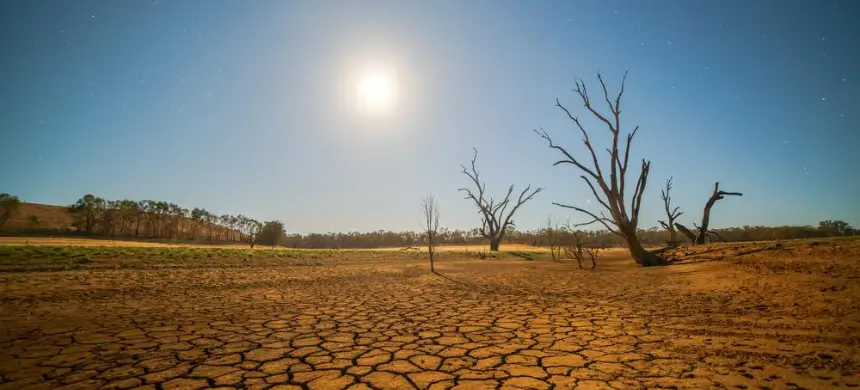Climate change is significantly altering global weather patterns, leading to various disruptions and extreme weather events. A new interactive map developed by the University of Maryland, called ‘Future Urban Climates,’ illustrates how climate change is transforming the planet and predicts accelerated effects due to greenhouse gas emissions. Created by spatial ecologist Matthew Fitzpatrick, the map utilizes advanced modeling for thousands of cities, towns, and suburbs worldwide, forecasting what their climates will be like in 60 years.
According to Fitzpatrick, “In 50 years, cities in the northern hemisphere will experience climates more akin to those currently found further south. Everything is shifting towards the equator in terms of projected climate changes.” The map covers over 40,000 locations globally and paints a concerning picture for the year 2080. For instance, projections for Lahore indicate that by 2080, summers could be 4.7 degrees Celsius warmer and 21.2% wetter, while winters may see a temperature increase of 5.2 degrees Celsius and be 16.1% wetter.
In Karachi, summers are expected to become 3.3 degrees Celsius warmer and 18.2% drier, with winters warming by 5 degrees Celsius and becoming 0.4% wetter. Recent heatwaves in Karachi highlight the challenges posed by future climate conditions. Peshawar is forecasted to experience summers 5.8 degrees Celsius warmer and 4.5% drier by 2080, while winters could be 5.5 degrees Celsius warmer and 9.2% wetter. Current conditions resembling Peshawar’s future climate can be observed today in Sibbi.
In Islamabad, projections suggest summers will be 5.1 degrees Celsius warmer and 4% drier, with winters warming by 5.4 degrees Celsius and becoming 11.3% wetter. Future conditions in Islamabad are akin to present-day Mirpur in Azad Kashmir.
Read More: Heavy rain spell from the 2024 monsoons is expected to lash parts of the country
Quetta’s climate is anticipated to warm by 5.5 degrees Celsius in summers and become 10.3% wetter, while winters may see a similar warming trend of 5.5 degrees Celsius but be 2.1% drier. Current climate conditions resembling Quetta’s future weather are found in Jalalabad, Afghanistan.
Bahawalpur is expected to see summers 4.9 degrees Celsius warmer and 17.3% wetter by 2080, with winters warming by 5.7 degrees Celsius and becoming 7.1% wetter. Similar current conditions to Bahawalpur’s future climate can be observed in areas with comparable weather patterns today.
Faisalabad’s future climate projections include summers being 5.6 degrees Celsius warmer and 22.1% wetter, with winters warming by 5.6 degrees Celsius and becoming 15% wetter. Faisalabad’s future climate resembles current conditions in Chowki Jamali, Balochistan.
Internationally, New York is forecasted to resemble northern Mississippi today, while Washington DC is expected to feel like North Louisiana, potentially experiencing a temperature increase of 6 degrees Celsius. These projections highlight the significant changes expected in urban climates worldwide due to ongoing climate change, emphasizing the urgent need for global efforts to mitigate greenhouse gas emissions and adapt to these shifting environmental conditions.











